Firefly is a new service by Adobe, which has thought: “If you can’t beat them, join them”. And we’re talking about Midjourney. The problem is, that Adobe has a vast ecosystem to implement AI image generation and training, which eventually will come to Premiere Pro. Meanwhile, Adobe has launched Firefly for Video which will be further developed to become the Colorists’ Nightmare.
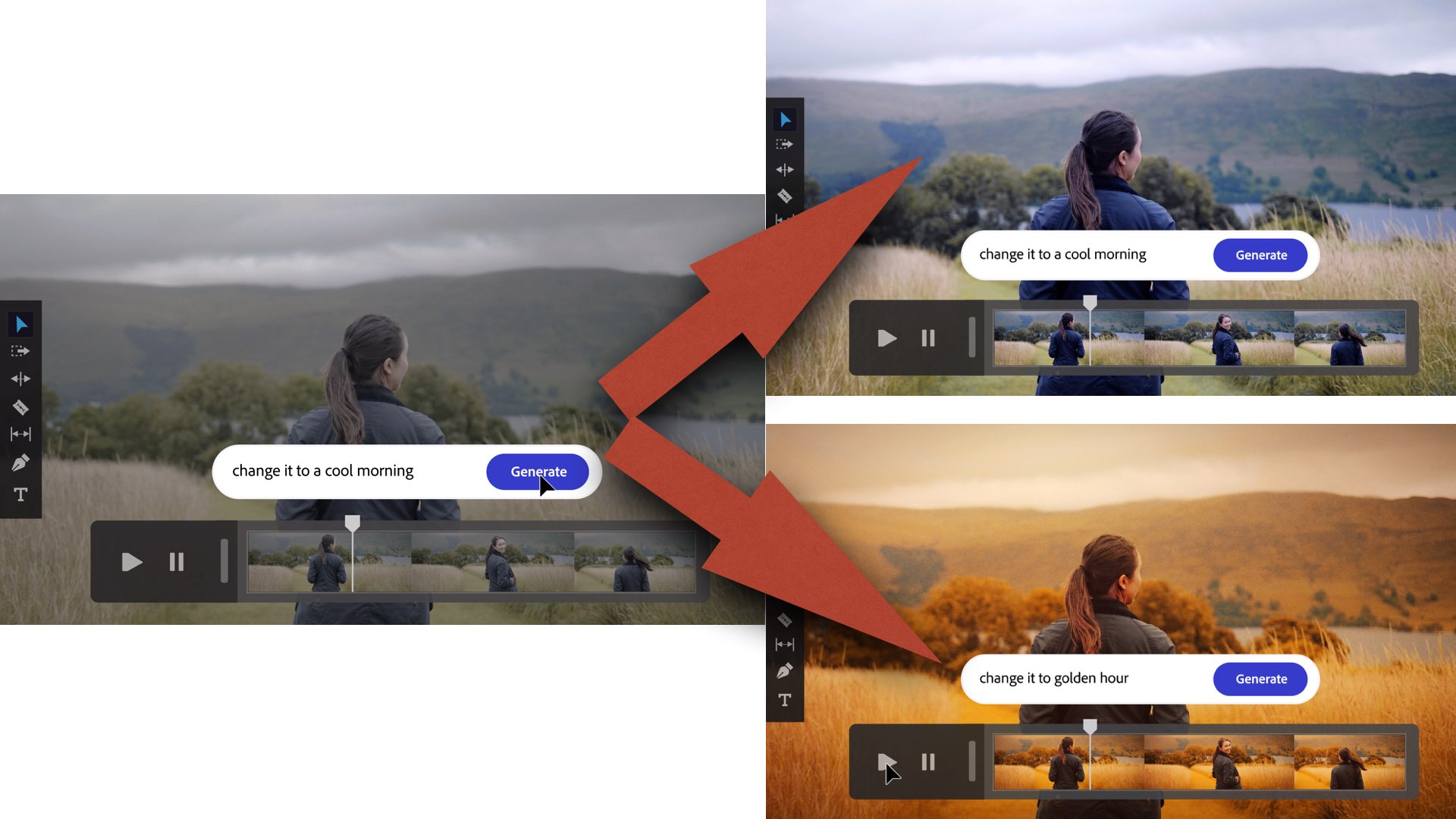
Adobe Firefly: Midjourney, but ‘legal’
Here’s how Adobe defines its new service launched a month ago: “With Firefly, everyone who creates content – regardless of their experience or skill – will be able to use their own words to generate content the way they dream it up, from images, audio, vectors, videos and 3D to creative ingredients, like brushes, color gradients and video transformations, with greater speed and ease than ever before. With Firefly, producing limitless variations of content and making changes, again and again — all on brand — will be quick and simple”. In simple words, Firefly is just like Midjourney, but legal. While Midjourney is based on the LAION-5B dataset which contains almost 6 Billion images accumulated from the web, Firefly is based on the Adobe Stock Photo, as explained by Adobe: “Adobe’s first model, trained on Adobe Stock images, openly licensed content and public domain content where the copyright has expired, will focus on images and text effects and is designed to generate content safe for commercial use. Adobe Stock’s hundreds of millions of professional-grade, licensed images are among the highest quality in the market and help ensure Firefly won’t generate content based on other people’s or brands’ IP”. Hence, as opposed to Midjourney, Firefly is legal, but in our opinion, not less harmful to artists, and even more.
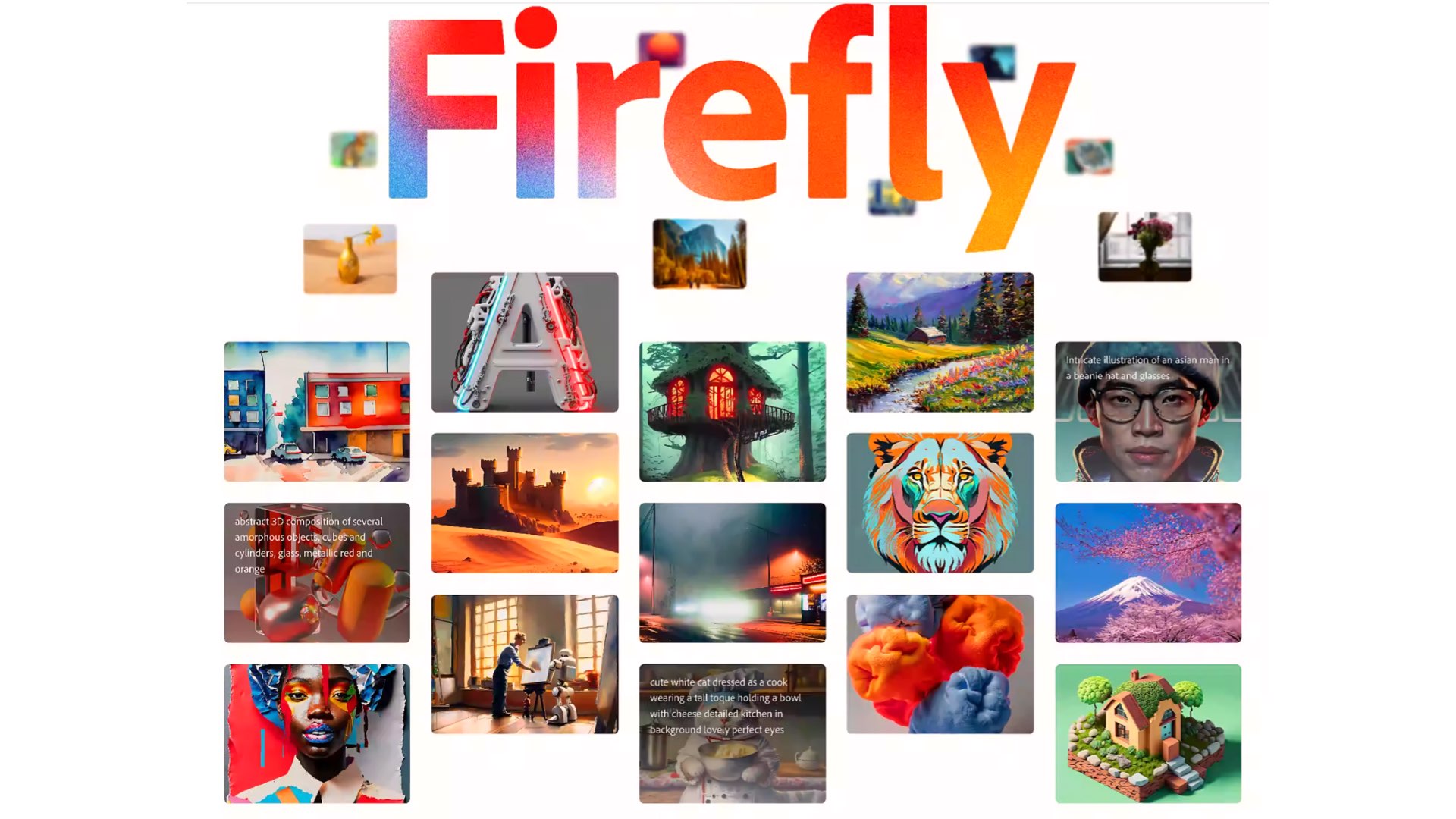
Adobe Firefly is better than Midjourney since it’s legal. But it’s dangerous, as it eliminates any creative skill and talent.
If you can’t beat them, join them
Let’s be clear. Adobe Firefly is better than Midjourney since it’s legal. As said, Adobe promises that all the image database used to generate the images is openly licensed content and public domain content where the copyright has expired. But it’s dangerous, as it eliminates any creative skill and talent since all you need is to write a few words in order to create stunning images. Just throw a description into the prompt, and ‘art’ will be born —exactly the same as Midjourney. You don’t need to be an artist. You don’t need any experience or knowledge of Photoshop. All you need is nothing. Nevertheless, beautiful AI images will be created. Even Adobe calls it: “Creative co-pilot”. Look at the demonstration below. Midjourney anyone?
You don’t need any experience or knowledge of Photoshop. All you need is nothing.
It will not stop there
As opposed to Midjourney, Adobe has a whole ecosystem. Therefore, Firefly can be implemented everywhere. And indeed, Adobe pushes it extensively. As stated by Adobe: “Firefly will bring even more precision, power, speed and ease directly into Creative Cloud, Document Cloud, Experience Cloud and Adobe Express workflows where content is created and modified. Firefly will be part of a series of new Adobe Sensei generative AI services across Adobe’s clouds, so users can effortlessly leverage the power of generative AI within their existing workflows”. Does it sound terrifying? Because it does. As proof, let’s welcome the brand new service — Adobe Firefly for Video.
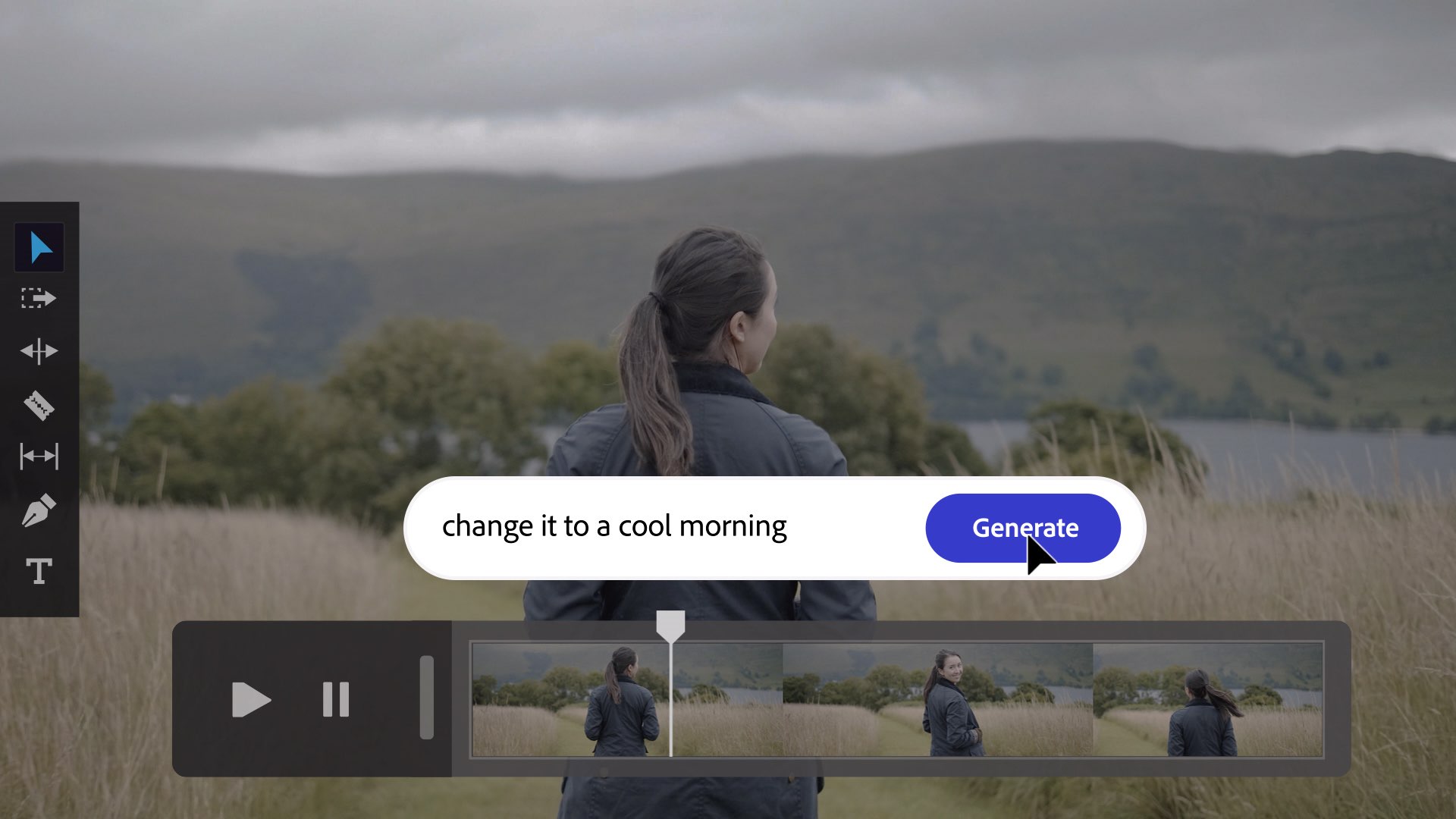
Who needs masks, nodes, and color wheels? Just type: “Make this scene feel warm and inviting”.
Adobe Firefly for Video
Natively and logically, Adobe has just announced a new Firefly implementation called Firefly for Video. One of its features its Text to color enhancements. “Change color schemes, time of day, or even the seasons in already-recorded videos, instantly altering the mood and setting to evoke a specific tone and feel. With a simple prompt like ‘Make this scene feel warm and inviting’, the time between imagination and final product can all but disappear” Adobe says. Well, in other words: Color grading knowledge is not needed anymore. Who needs masks, nodes, and color wheels? Just type: “Make this scene feel warm and inviting” and there you go. Simple (and terrifying) as that.
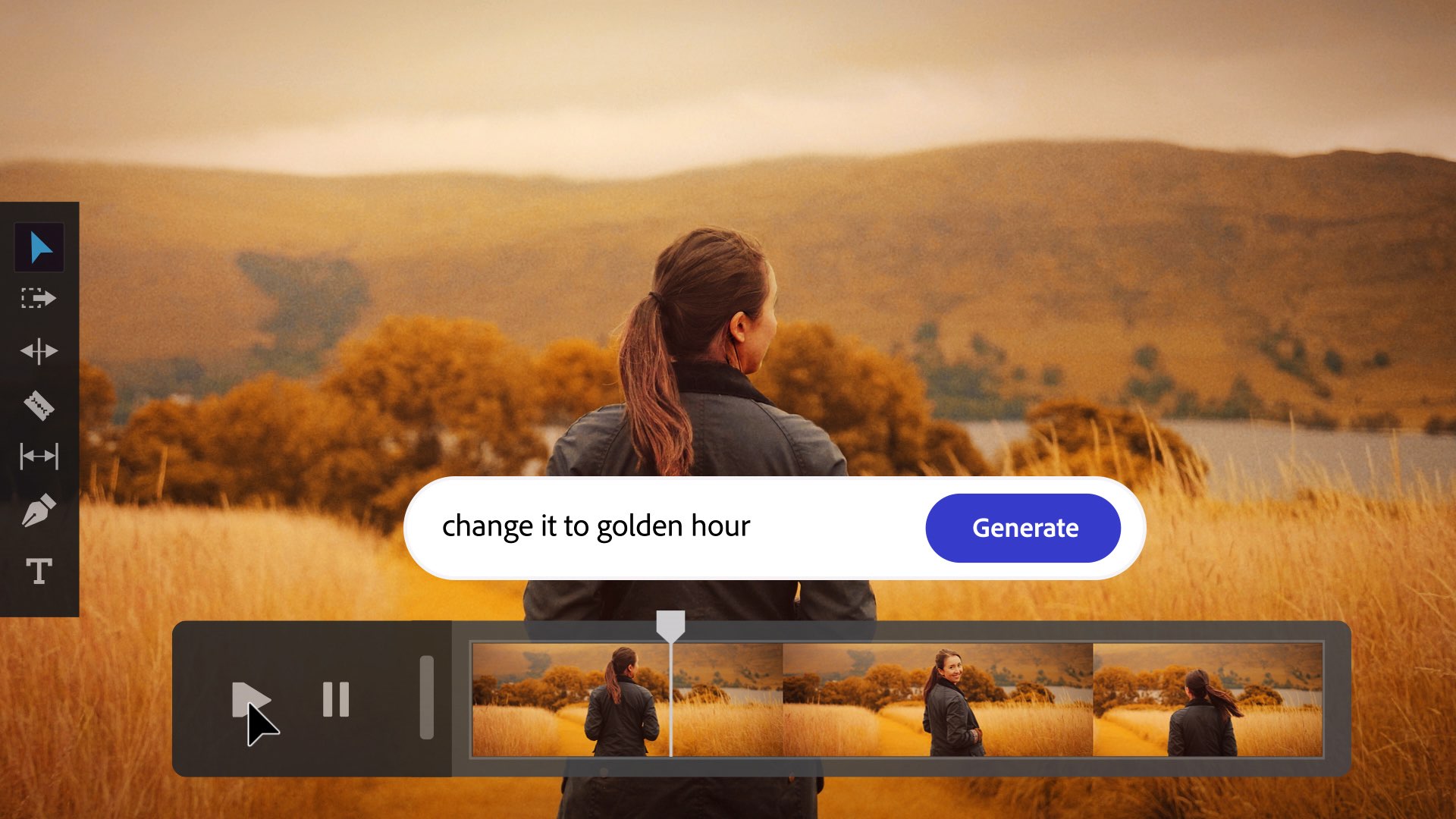
A few days ago Blackmagic has pushed hundreds of new features into DaVinci Resolve. Should Blackmagic recalculate its route due to these AI artists’ devastators?
What’s next?
What’s next? We’ll tell you what’s next. Firefly will be integrated into Premiere Pro. Then it will become the colorists’ killer. Imagine this: Instead of creating a LUT for film grain, all you will have to do is write this prompt: “Add grain to the blue sky, use Kodak Vision3 500T”. Here’re some other examples for prompts: “Apply the teal & orange look to the room, amplify the light coming from the window, add a bit of dramatic lighting, and correct skin tone accordantly”. That’s it. No color grading knowledge is needed. This AI engine based on the text will save hours of complicated color grading process, tons of nodes, wheel adjustments, experience, and expertise. A few days ago Blackmagic has pushed hundreds of new features into DaVinci Resolve. Should Blackmagic recalculate its route due to these AI artists’ devastators? Nobody knows the answer.
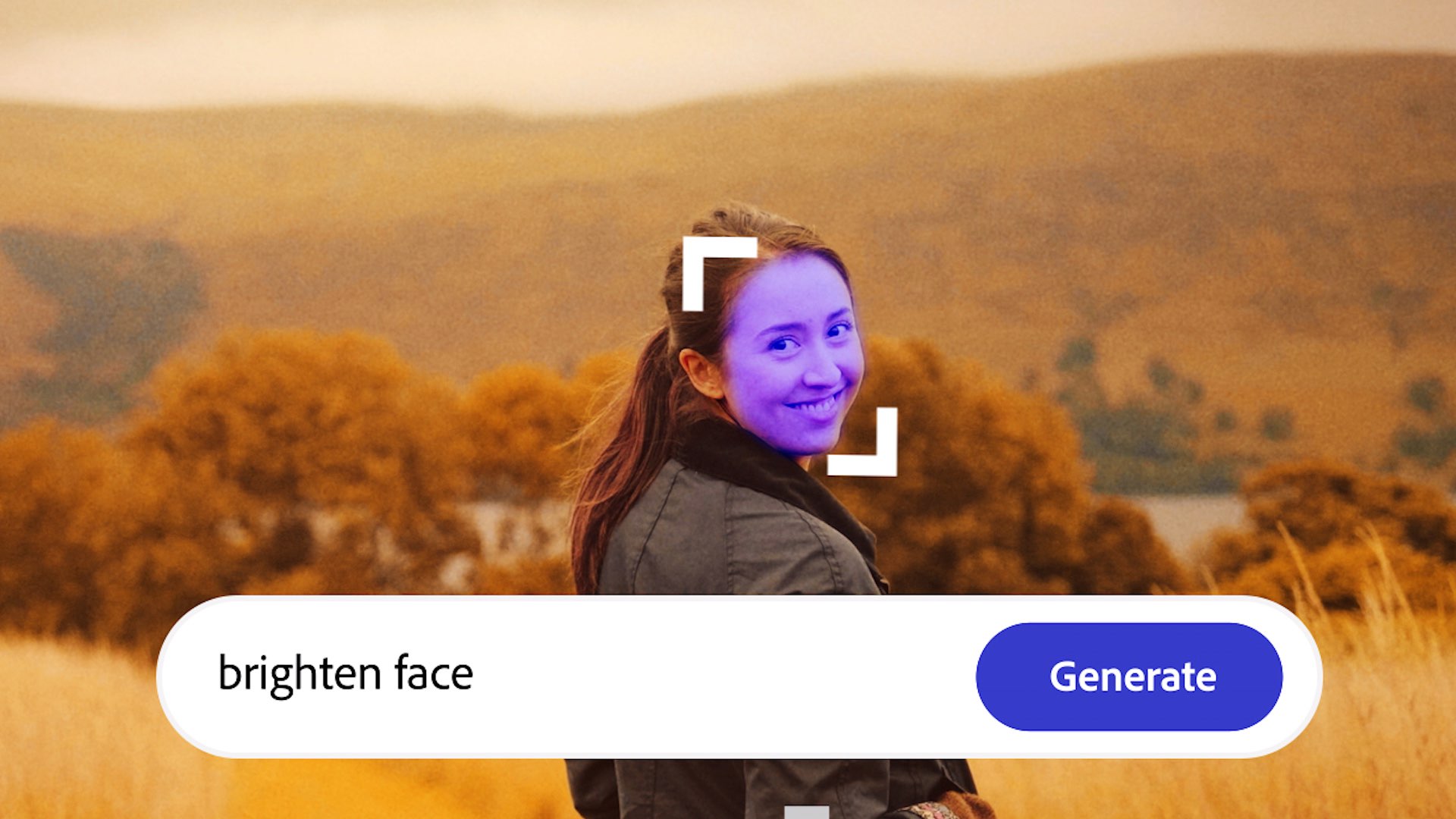
These goals include a universal ‘Do Not Train’ Content Credentials tag in the image’s Content Credential for creators to request that their content isn’t used to train models. The Content Credentials tag will remain associated with the content wherever it is used, published, or stored. In addition, AI-generated content will be tagged accordingly.
Adobe
Adobe is afraid of its community
Adobe owes its success to the artists that have been using Adobe products for decades. That’s the reason it states: “Adobe founded the Content Authenticity Initiative (CAI) to create a global standard for trusted digital content attribution. With more than 900 members worldwide, the role of CAI has never been more important. Adobe is pushing for open industry standards using CAI’s open-source tools that are free and actively developed through the non-profit Coalition for Content Provenance and Authenticity (C2PA). These goals include a universal ‘Do Not Train’ Content Credentials tag in the image’s Content Credential for creators to request that their content isn’t used to train models. The Content Credentials tag will remain associated with the content wherever it is used, published, or stored. In addition, AI-generated content will be tagged accordingly”. The last sentence is very important: “AI-generated content will be tagged accordingly”. Also, according to Adobe, there will be an option for artists to prevent their art forms to be trained for AI imagery. Indeed, these are very vital factors to protect the artists. First, an image can be protected from training. Second, AI-generated content will be tagged — saying this ‘wonderful’ art piece was not derived from talent, but laziness. As for now, Firefly in Beta is buried in the Discord platform. But rest assured, it will be spread to the Creative Cloud ecosystem very soon.
Post Game Questions
- What’re your thoughts about AI-generated color grading?
- Do you agree with the title “Colorists’ Nightmare”?
- Do you think Blackmagic should implement AI-generated color grading on Resolve?
Support Y.M.Cinema Magazine by purchasing our one-of-a-kind stainless steel model of 65 motion picture film camera – A perfect gift for filmmakers.

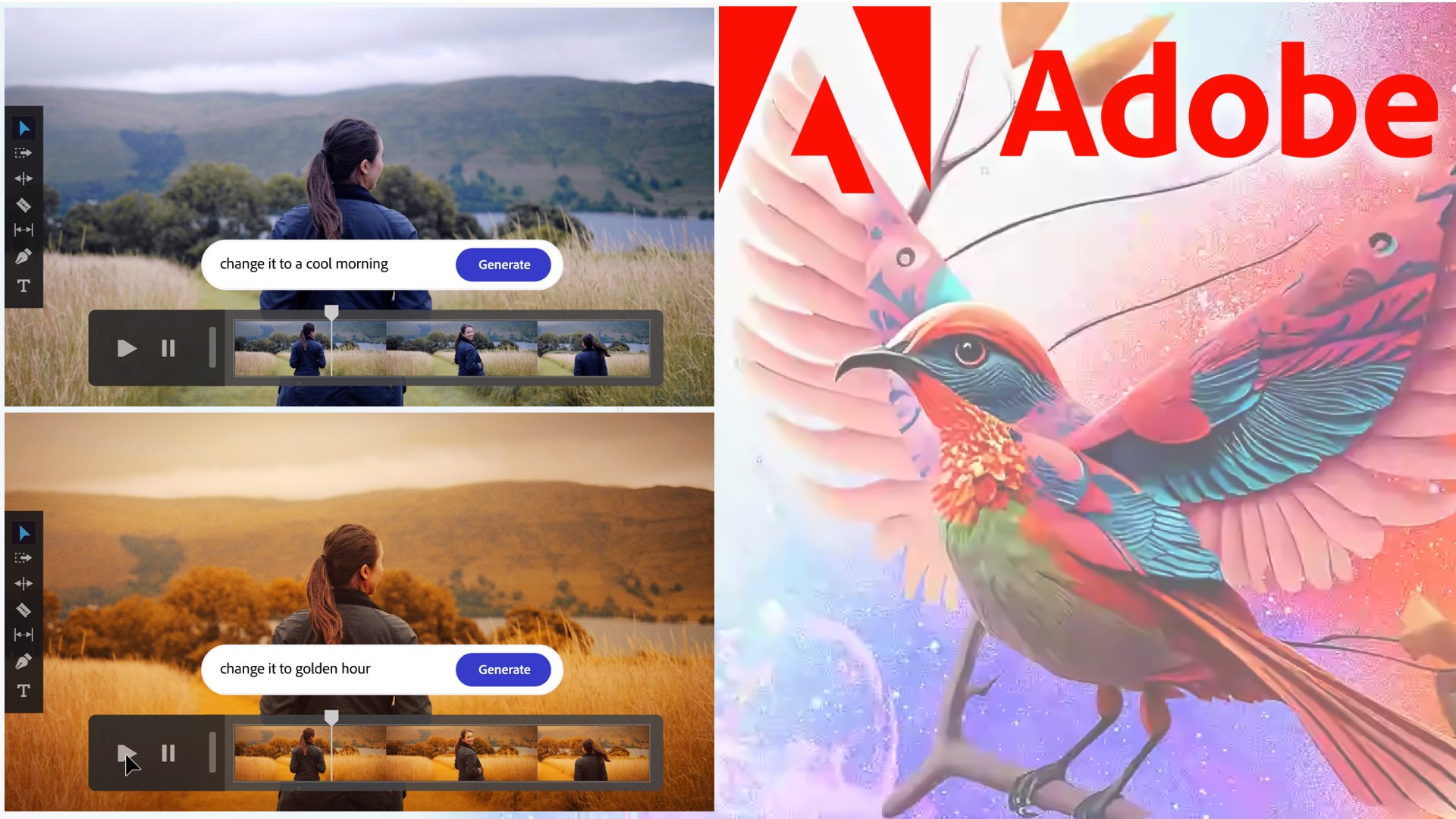


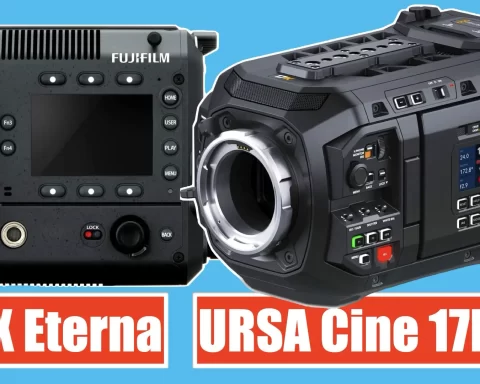




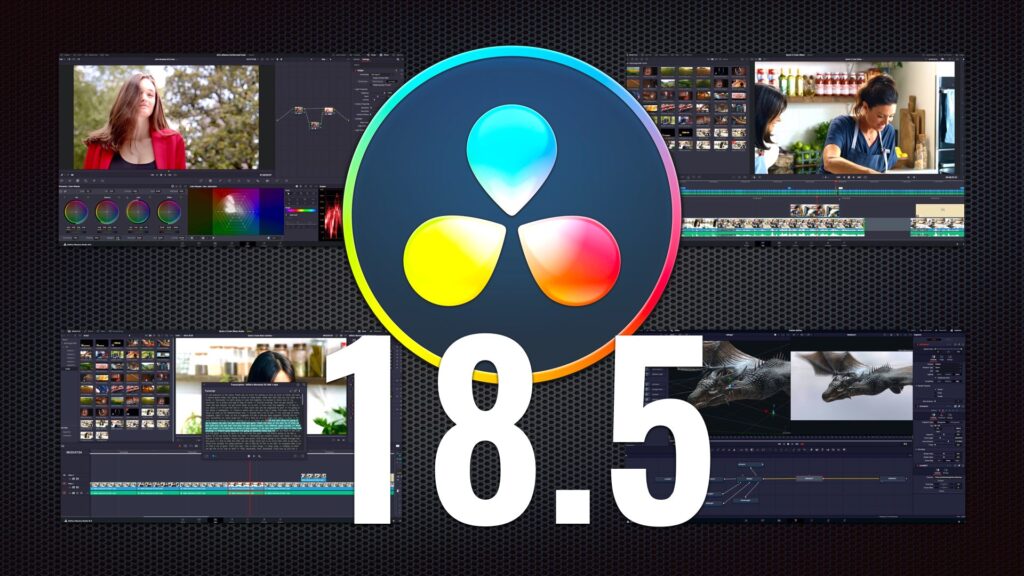








If a colorist’s work is so uninspired that writing a prompt can replace it then maybe that colorist needs to find new inspiration.